How much thermal mass do i need!?
sarahbarah27
16 years ago
Related Stories
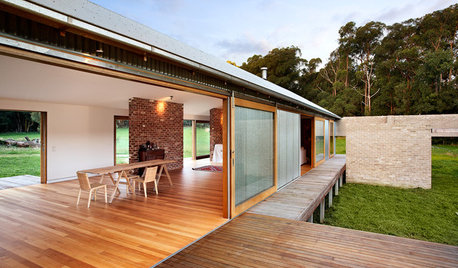
ARCHITECTUREHow Thermal Mass Keeps You Warm and Cool
Passive solar design makes use of this element. Here’s how it works and how you can get it in your home
Full Story
Coed-Cave: A Man Cave for the Masses
Enjoy March Madness Surrounded by Color, Art, Light — Even Flowers!
Full Story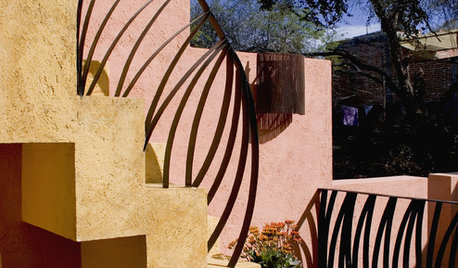
GARDENING AND LANDSCAPINGGarden Design Essentials: Shape and Mass
From a curved rail to boxy terraces, shapes and masses give a landscape form, volume and interest
Full Story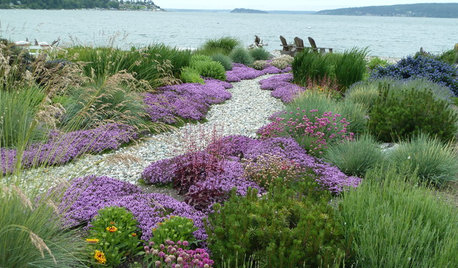
PLANTING IDEAS7 Ways to Use Drifts and Masses In Your Garden
Whether in formal or natural landscapes, grasses or succulents planted en masse elevate the garden
Full Story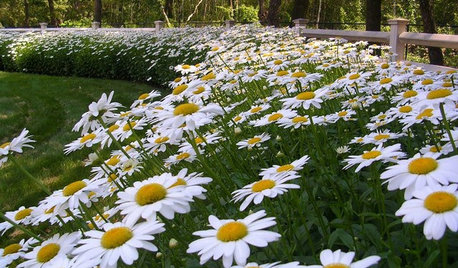
GARDENING GUIDESMix or Mass Daisies for Two Great Garden Looks
The classic daisy looks equally beautiful massed in borders or mixed throughout a naturalistic planting. Which look suits your style?
Full Story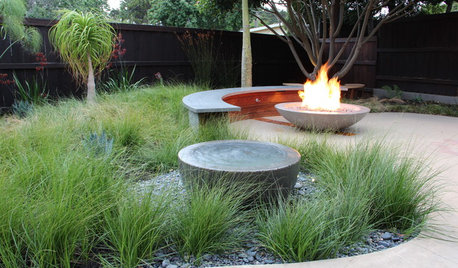
LANDSCAPE DESIGNEnergize Your Landscape With Masses of Grasses
Create year-round interest with waves of attention-getting grasses for all kinds of yards
Full Story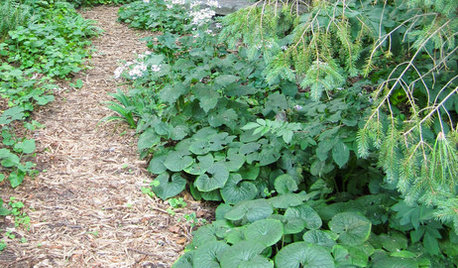
GROUND COVERSAsarum Canadense Adds Masses of Green to Woodland Gardens
Plant Canadian wild ginger in the eastern U.S. for a shade-loving native ground cover with spring flowers
Full Story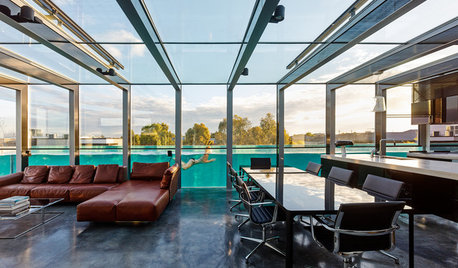
MATERIALSPro Panel: ‘The Material I Love to Work With Most’
7 experts weigh in on their favorite materials for walls, flooring, siding and counters
Full Story
FUN HOUZZEverything I Need to Know About Decorating I Learned from Downton Abbey
Mind your manors with these 10 decorating tips from the PBS series, returning on January 5
Full Story
WINTER GARDENING6 Reasons I’m Not Looking Forward to Spring
Not kicking up your heels anticipating rushes of spring color and garden catalogs? You’re not alone
Full Story



hex2006
oakhill (zone 9A, Calif.)
Related Discussions
How do I estimate how much I need?
Q
radiant barrier, insulation and thermal mass?
Q
Water as thermal mass for a very small low tunnel/cold frame
Q
Thermal mass and tomatoes
Q
triple_b
barrie2m_(6a, central PA)
hex2006
gardenerwantabe
hex2006
dcarch7 d c f l a s h 7 @ y a h o o . c o m
hex2006
oakhill (zone 9A, Calif.)
hex2006
chris_in_iowa
hex2006
oakhill (zone 9A, Calif.)
hex2006
sarahbarah27Original Author
oakhill (zone 9A, Calif.)
poppa
hex2006
poppa
hex2006
poppa
hex2006
poppa
hex2006
poppa
hex2006
sarahbarah27Original Author
poppa
hex2006
sarahbarah27Original Author